Home>Gardening & Outdoor>Landscaping Ideas>How Big Is A Grass Spider
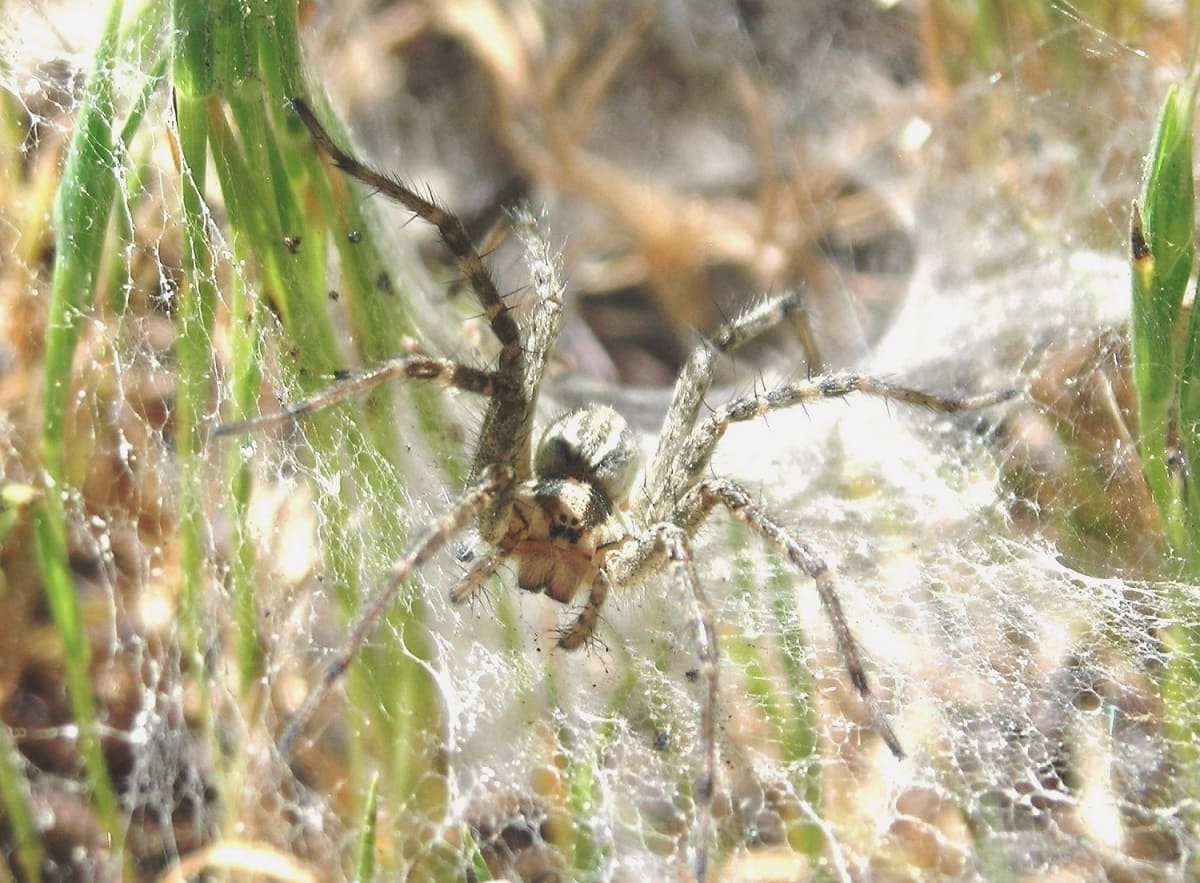

Landscaping Ideas
How Big Is A Grass Spider
Published: January 28, 2024
Discover the size of a grass spider and get landscaping ideas to keep them at bay. Learn how to manage these spiders in your outdoor space.
(Many of the links in this article redirect to a specific reviewed product. Your purchase of these products through affiliate links helps to generate commission for Storables.com, at no extra cost. Learn more)
Introduction
Welcome to the fascinating world of grass spiders! These intriguing arachnids are a common sight in many outdoor spaces, from gardens to meadows. As natural predators, grass spiders play a vital role in maintaining ecological balance by controlling insect populations. In this article, we will delve into the captivating realm of grass spiders, exploring their appearance, behavior, and role in the ecosystem. By gaining a deeper understanding of these remarkable creatures, you will develop a newfound appreciation for the intricate web of life in which they play a crucial part. So, let's embark on an enthralling journey to uncover the secrets of the grass spider!
Key Takeaways:
- Grass spiders are skilled hunters with a unique appearance and play a vital role in controlling insect populations, contributing to the balance of their habitats.
- The reproductive journey of grass spiders showcases their resilience and adaptability, highlighting the interconnectedness of life within their species.
Read more: How To Get Rid Of Grass Spiders
Appearance and Size of Grass Spiders
Grass spiders, scientifically known as Agelenopsis, boast a distinctive appearance that sets them apart from other spider species. These arachnids typically feature a light to medium brown hue, with some individuals displaying subtle variations in coloration. Their bodies are elongated and slender, often adorned with intricate patterns and markings that contribute to their visual allure. One of the most striking characteristics of grass spiders is their prominent spinnerets, which they use to produce silk for constructing their webs.
When it comes to size, grass spiders exhibit a considerable range, with adult females typically measuring around 10-20 millimeters in body length, while males are slightly smaller, spanning approximately 7-13 millimeters. This size disparity between the sexes is a common trait observed in many spider species and is attributed to various factors, including mating behaviors and reproductive dynamics.
As adept hunters, grass spiders possess keen senses and remarkable agility, enabling them to swiftly navigate their surroundings and capture prey with precision. Their eight eyes provide them with a wide field of vision, allowing them to detect movement and perceive their environment with exceptional acuity. These sensory capabilities, combined with their stealthy movements, make grass spiders formidable hunters in the intricate tapestry of the natural world.
Habitat and Distribution
Grass spiders are highly adaptable creatures, thriving in a diverse array of habitats across the globe. They are commonly found in grassy and shrub-covered areas, where their agile hunting techniques and web-building prowess serve them well in capturing a wide range of insect prey. From meadows and fields to gardens and forest edges, grass spiders demonstrate their resilience and resourcefulness by establishing thriving populations in various environments.
These arachnids are distributed across North America, with their range extending from the southern regions of Canada to the northern parts of Mexico. Within this expansive territory, grass spiders inhabit a multitude of ecosystems, showcasing their ability to thrive in both rural and urban landscapes. Their presence in residential areas contributes to natural pest control, as they help manage insect populations that can impact gardens and green spaces.
Furthermore, grass spiders are known for their remarkable adaptability to human-altered environments, often coexisting harmoniously with human populations. Their ability to thrive in diverse settings underscores their significance in ecological systems and highlights the interconnectedness of all living organisms within their respective habitats.
By understanding the habitat preferences and distribution patterns of grass spiders, we gain valuable insights into the intricate web of life that encompasses these remarkable arachnids. Their ability to thrive in a range of environments serves as a testament to their resilience and underscores their vital role in maintaining ecological balance within their respective ecosystems.
Grass spiders can grow up to 1/2 inch in body length, with their legs extending up to 2 inches. They are commonly found in grassy areas and build funnel-shaped webs close to the ground.
Diet and Predation
Grass spiders are skilled predators that play a crucial role in regulating insect populations within their habitats. Their diet primarily consists of a variety of small insects, including flies, mosquitoes, beetles, and other arthropods that frequent the grassy areas they inhabit. These adept hunters use their keen senses and agility to detect and capture their prey, employing stealth and precision in their hunting strategies.
Central to the hunting prowess of grass spiders is their remarkable ability to construct intricate webs that serve as effective traps for unsuspecting insects. These webs are meticulously woven with silk produced from the spinnerets located at the rear of the spider’s abdomen. The design and structure of the webs are optimized to ensnare flying insects, providing the spiders with a readily available source of sustenance.
Upon detecting vibrations or movements on the web, grass spiders swiftly immobilize their prey with silk before delivering a venomous bite to subdue them. This efficient method of predation ensures that the spiders can safely consume their captured prey without expending excessive energy in the hunting process. This approach not only sustains the spiders but also aids in controlling insect populations, contributing to the ecological balance of their habitats.
While grass spiders are adept hunters, they are also vulnerable to predation themselves. Various predators, including birds, small mammals, and other arthropods, may target grass spiders as a food source. As a result, these spiders have evolved mechanisms to minimize their exposure to predators, such as utilizing cryptic coloration and strategically positioning themselves within their web to minimize detection.
By playing a pivotal role in regulating insect populations and serving as a food source for other creatures within the ecosystem, grass spiders contribute to the intricate web of life in their habitats. Their dietary habits and interactions with other organisms underscore the interconnectedness of species within ecological systems, highlighting the significance of these arachnids in maintaining a balanced and sustainable environment.
Reproduction and Life Cycle
The reproductive journey of grass spiders is a fascinating and integral aspect of their life cycle. As with many spider species, courtship and mating rituals play a pivotal role in the continuation of their lineage. When the time is right, male grass spiders embark on a quest to seek out potential mates, navigating the intricate landscapes in search of receptive females. This pursuit often involves the careful navigation of their own webs and those of other spiders, presenting a series of challenges that test their agility and perseverance.
Upon locating a female’s web, the male must carefully approach her, ensuring that he does not trigger her predatory instincts. Through intricate movements and vibrations, the male communicates his intentions to the female, seeking to court her without provoking aggression. If successful, the courtship culminates in mating, marking the beginning of the female’s reproductive journey.
Following successful mating, the female grass spider undertakes the task of producing an egg sac, within which she carefully deposits her fertilized eggs. This sac is meticulously constructed from silk and serves as a protective enclosure for the developing spiderlings. The female diligently guards the sac, ensuring its safety and viability as she awaits the arrival of her offspring.
Once the spiderlings emerge from the egg sac, they embark on a remarkable journey of growth and development. Initially, they are cared for by their mother, receiving essential guidance and nourishment as they navigate the early stages of their lives. As they mature, the spiderlings gradually disperse, venturing out to establish their own territories and weave their intricate webs, thus perpetuating the cycle of life for future generations of grass spiders.
Throughout this intricate process of reproduction and development, grass spiders exemplify the resilience and adaptability inherent in their species. Their life cycle embodies the interconnectedness of all living organisms, underscoring the delicate balance that sustains ecological systems. By gaining insight into the reproductive journey of grass spiders, we deepen our appreciation for the marvels of nature and the intricate mechanisms that drive the perpetuation of life.
Read more: How To Prevent Spiders On Patio Furniture
Conclusion
As we conclude our exploration of grass spiders, we emerge with a profound appreciation for the remarkable intricacies of these arachnids and their pivotal role in the natural world. From their distinctive appearance and hunting prowess to their vital contributions to ecological balance, grass spiders captivate us with their resilience and resourcefulness.
Through their adept hunting techniques and the construction of intricate webs, grass spiders play a crucial role in regulating insect populations, thereby contributing to the overall health of their habitats. Their presence in diverse environments, from meadows to residential areas, underscores their adaptability and underscores the interconnectedness of all living organisms within their ecosystems.
Furthermore, the reproductive journey of grass spiders illuminates the delicate balance of life within their species, showcasing the resilience and adaptability that perpetuates their lineage. Their intricate courtship rituals and the nurturing of their offspring exemplify the profound interconnectedness of life and the enduring cycles that sustain the web of existence.
By gaining insight into the world of grass spiders, we are reminded of the intricate tapestry of life that envelops us, underscoring the importance of preserving the delicate balance of ecosystems. Through our understanding and appreciation of these remarkable creatures, we are inspired to cultivate a deeper reverence for the natural world and the myriad species that enrich and sustain it.
As we reflect on the captivating realm of grass spiders, we are reminded of the boundless wonders that await our exploration, inviting us to embrace the marvels of nature and the profound interconnectedness that unites all living beings.
Frequently Asked Questions about How Big Is A Grass Spider
Was this page helpful?
At Storables.com, we guarantee accurate and reliable information. Our content, validated by Expert Board Contributors, is crafted following stringent Editorial Policies. We're committed to providing you with well-researched, expert-backed insights for all your informational needs.
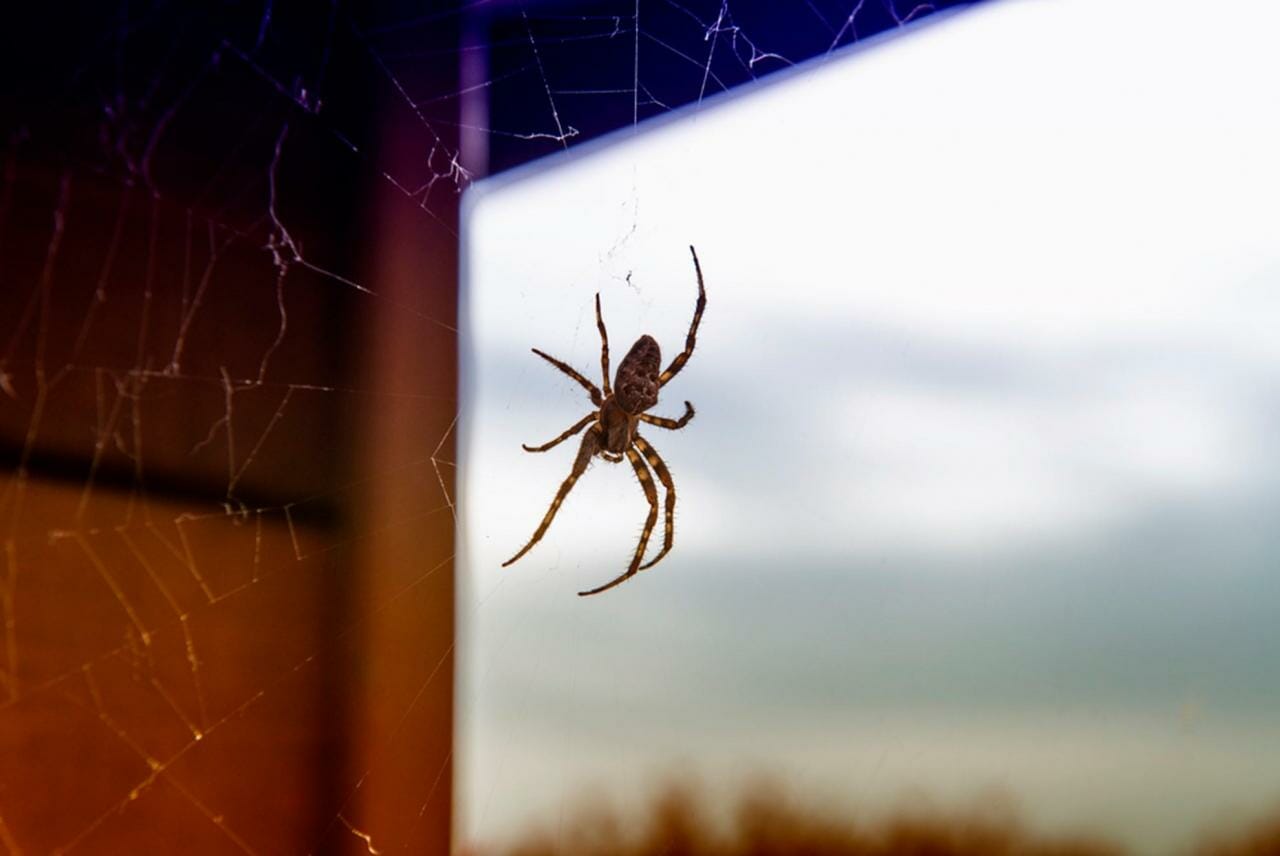
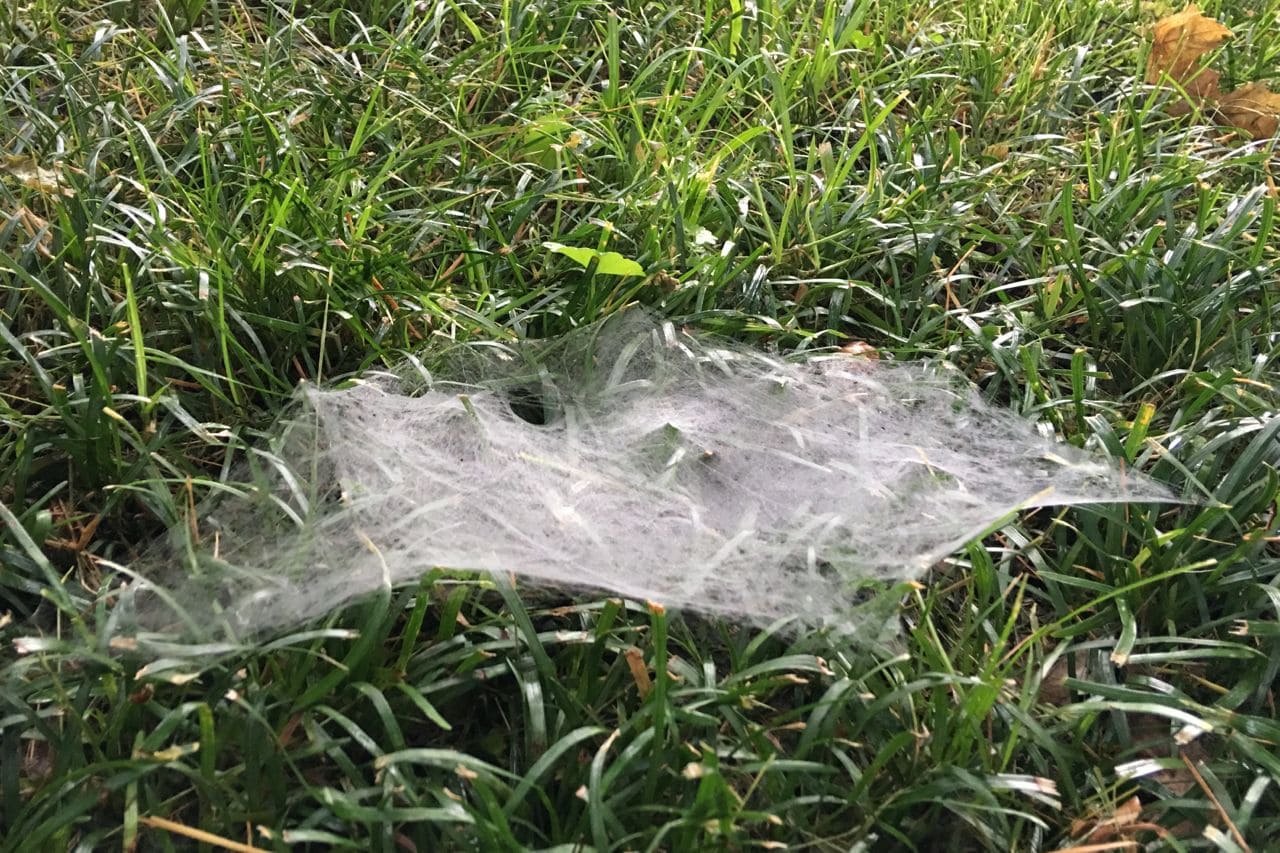
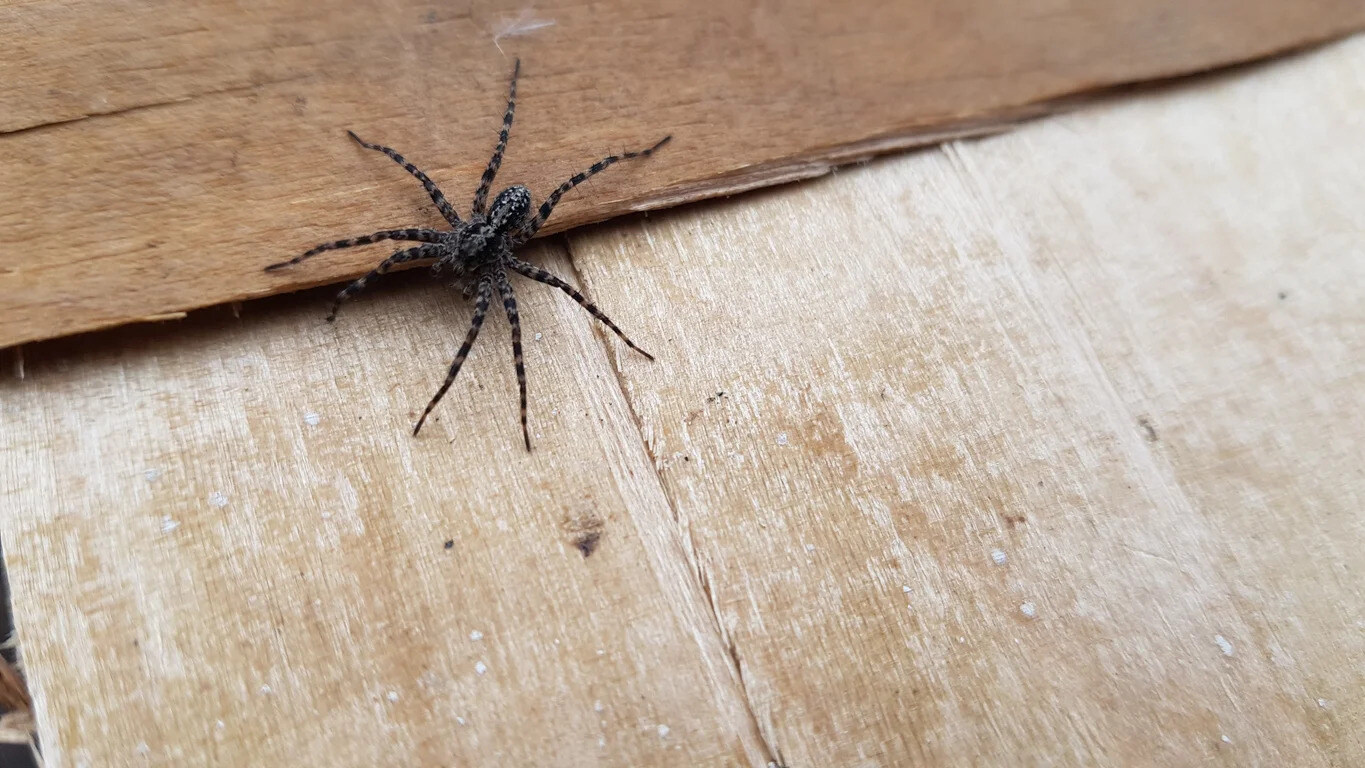
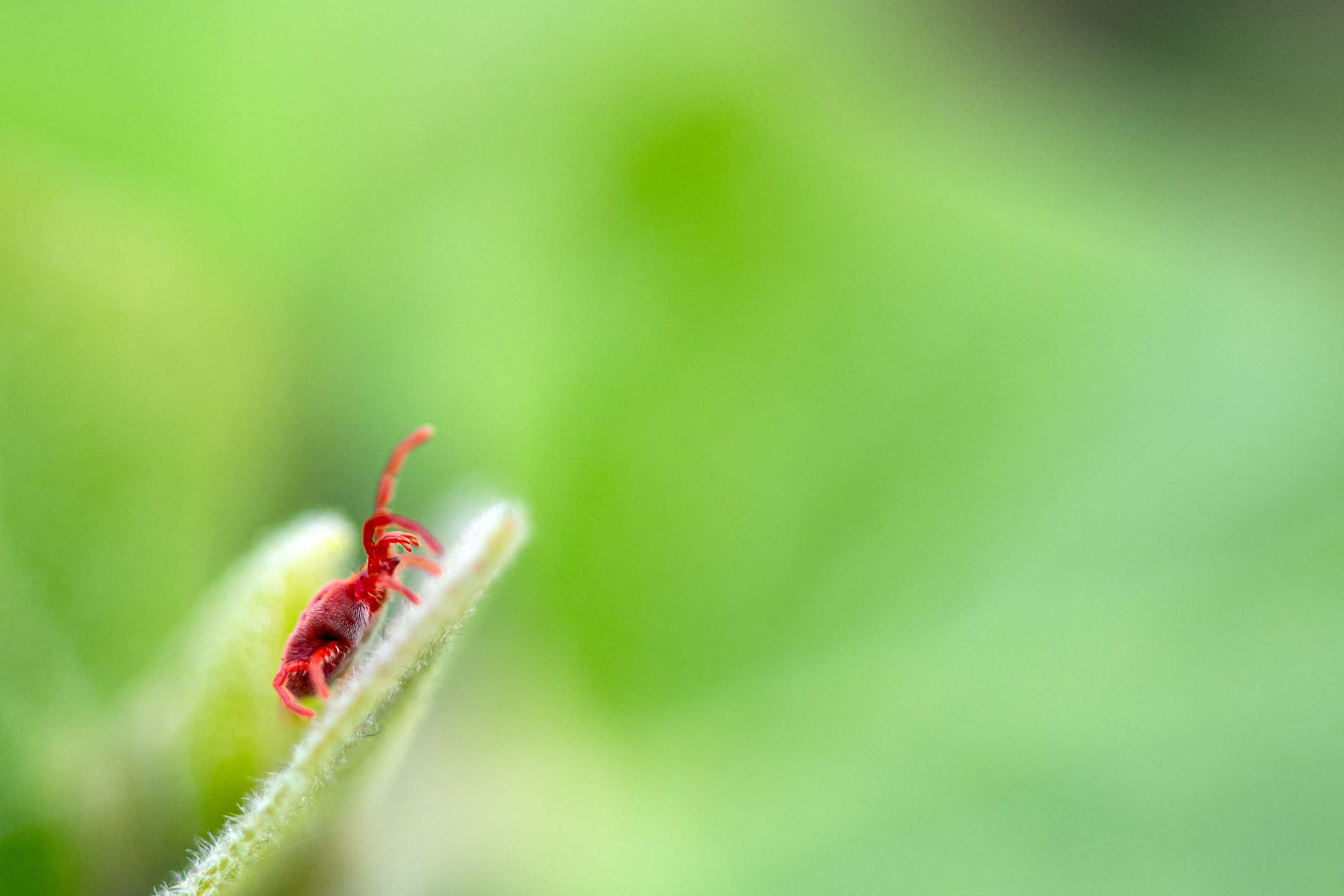
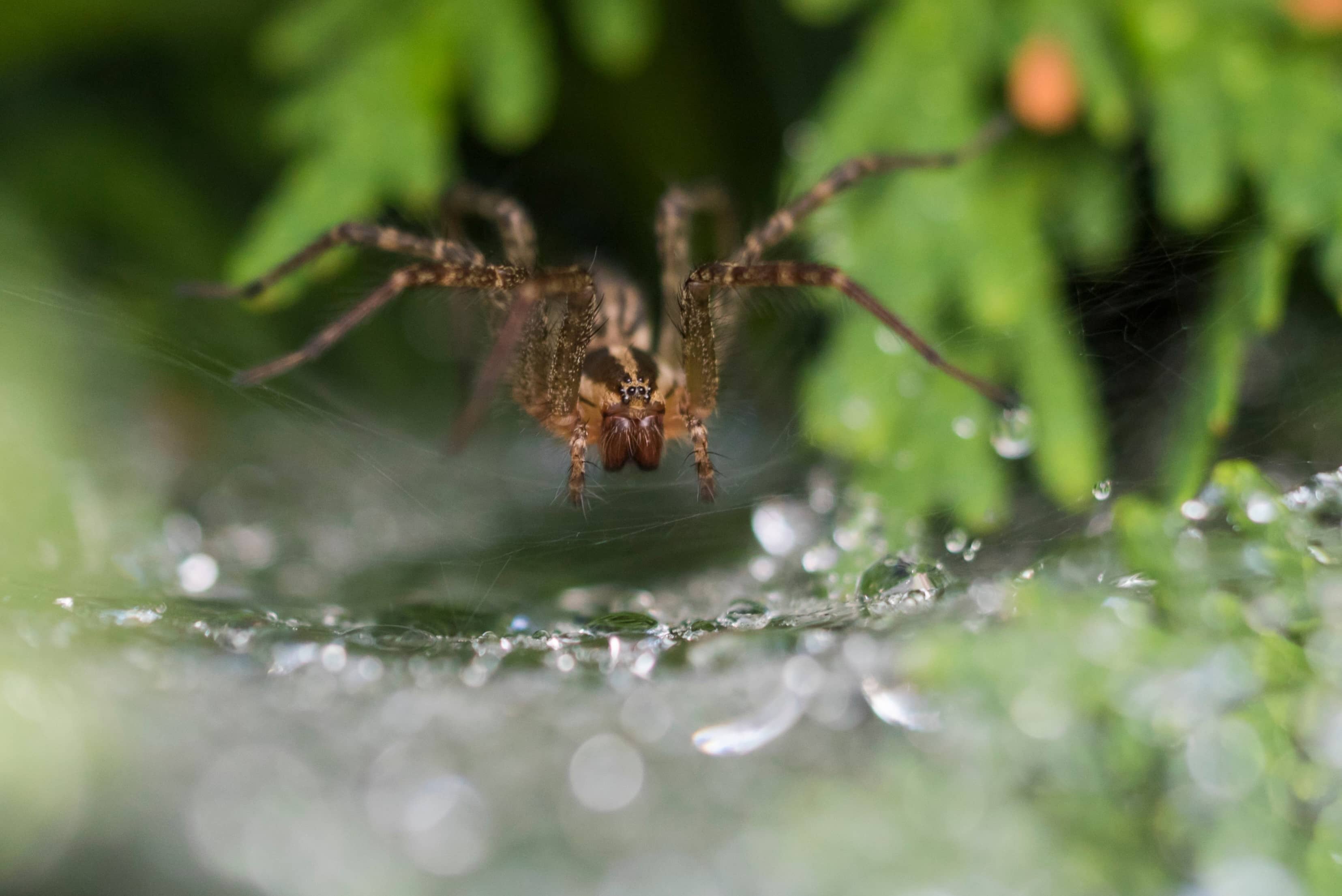

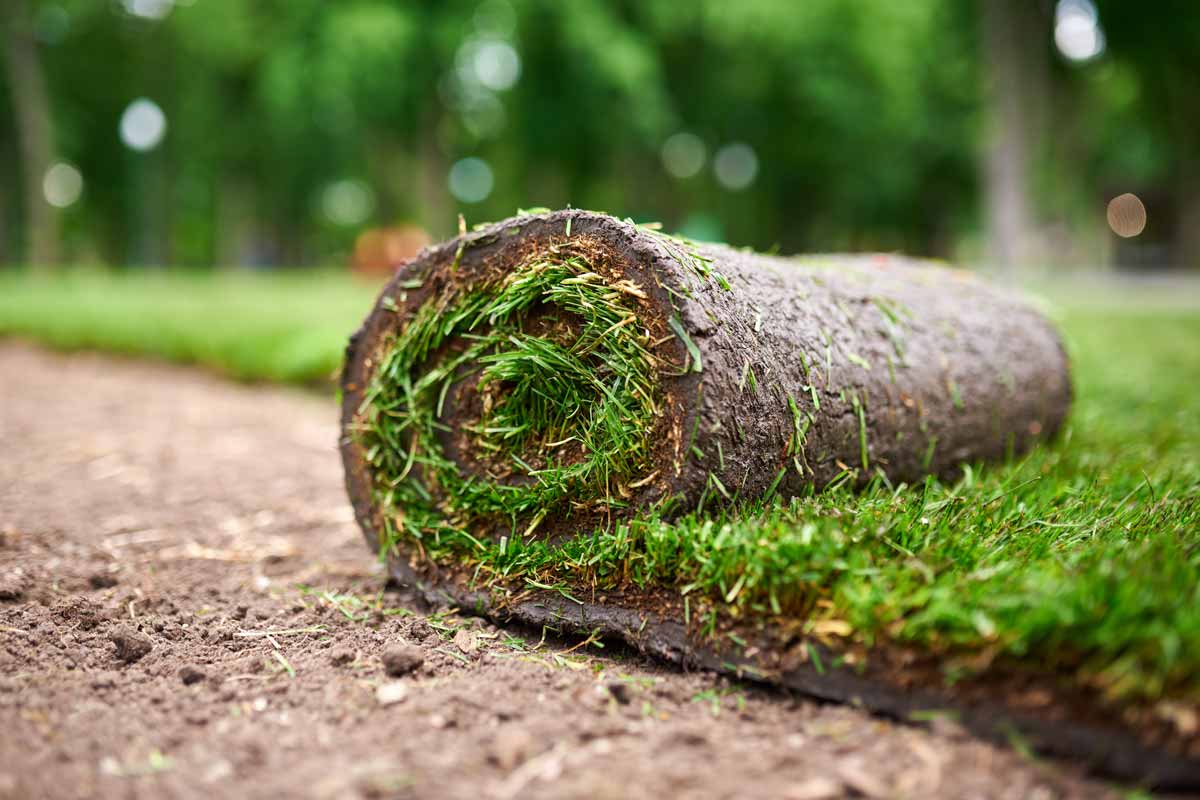
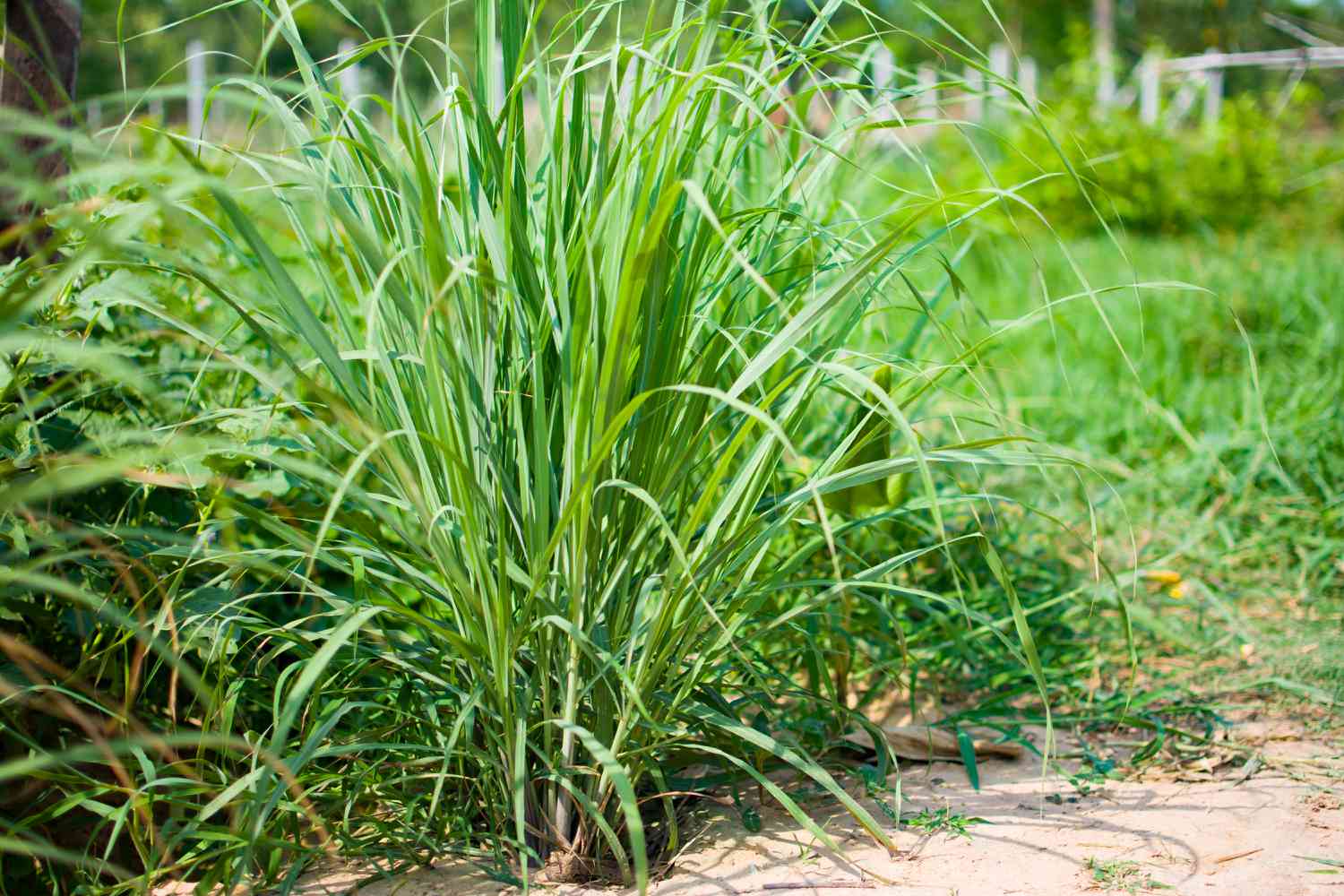
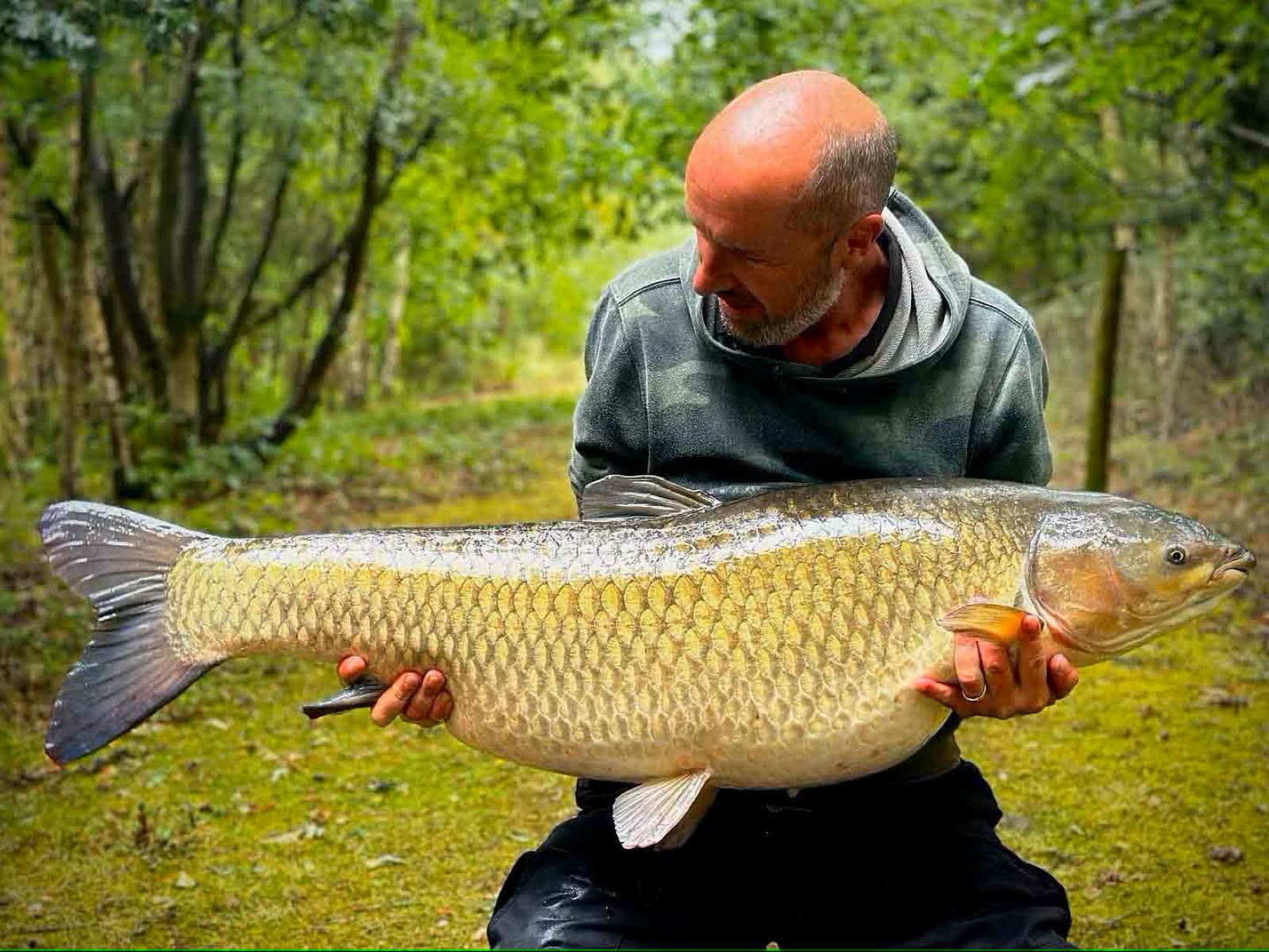
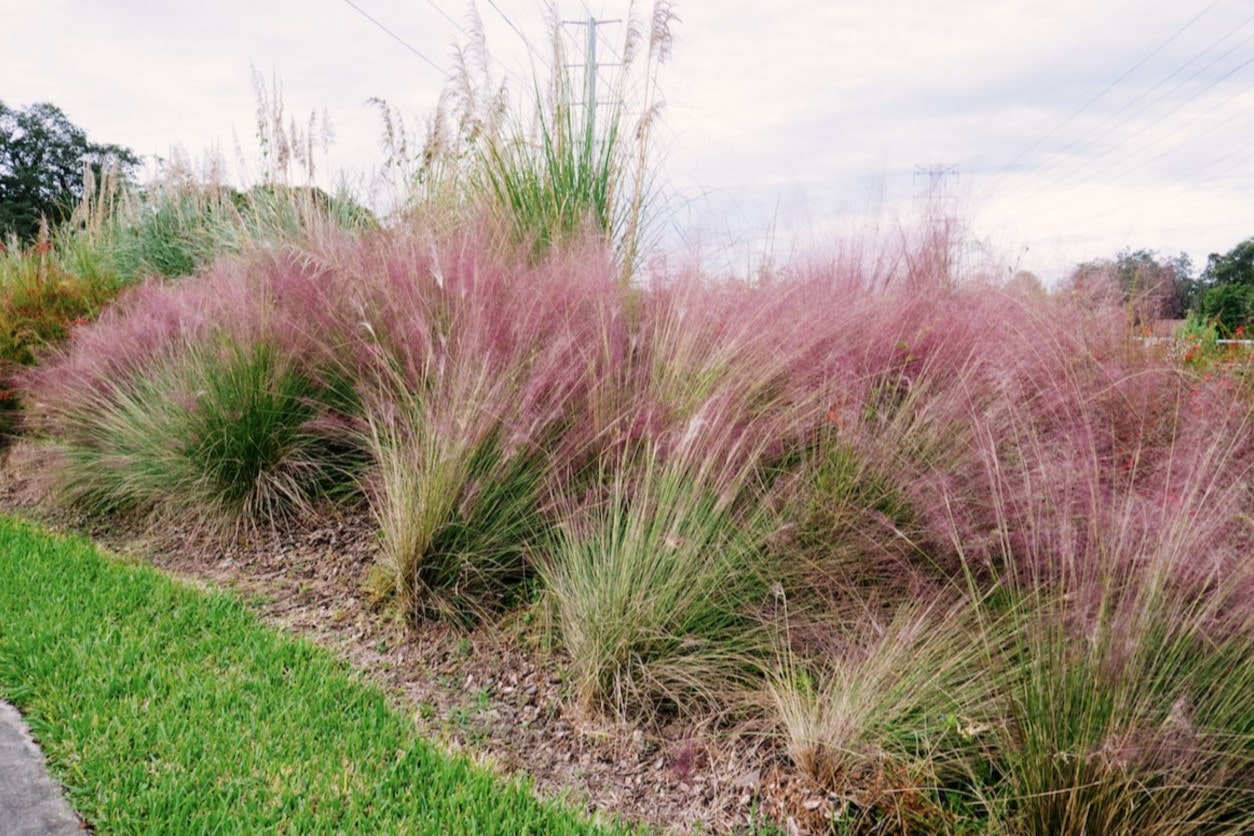
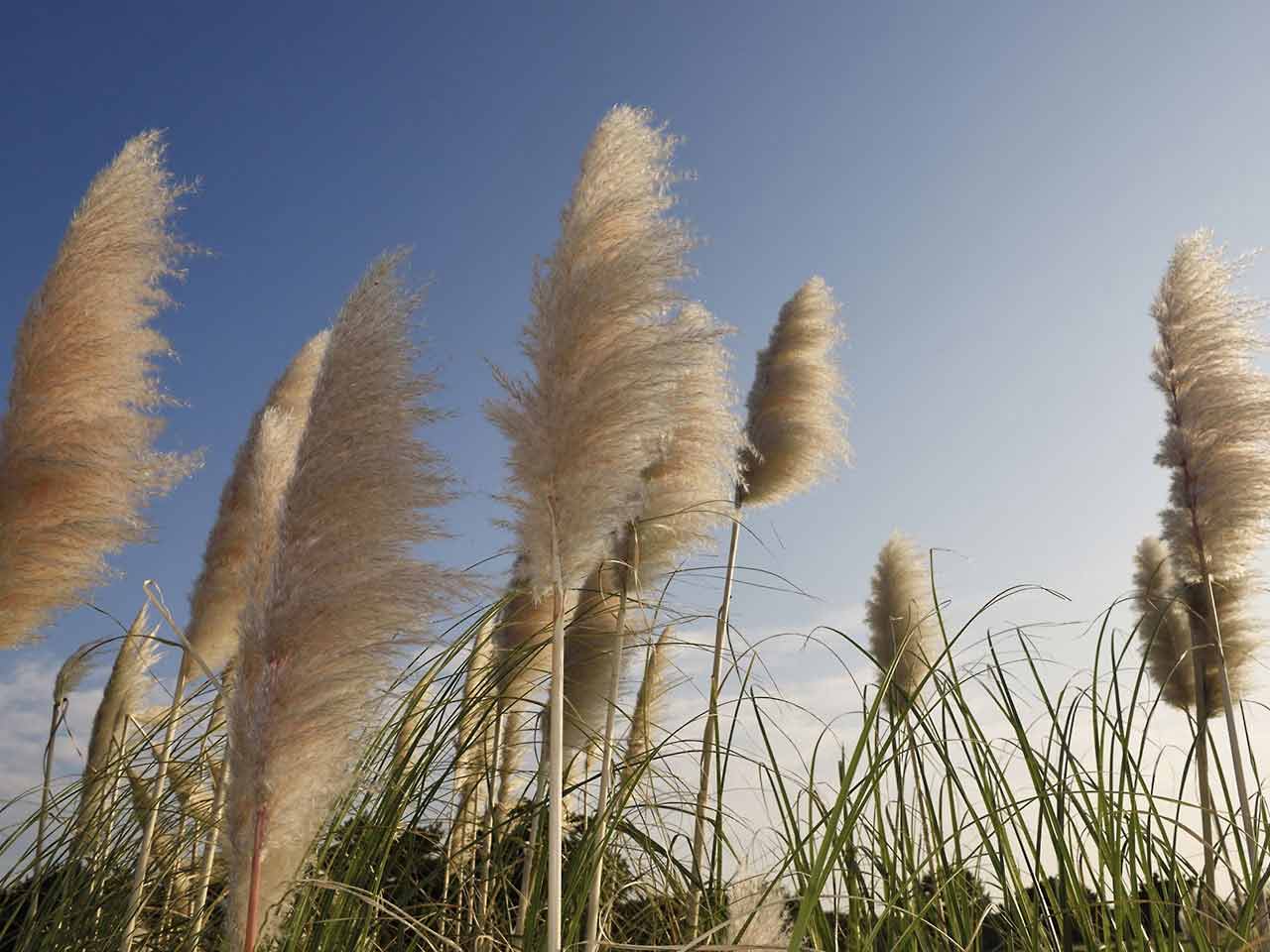

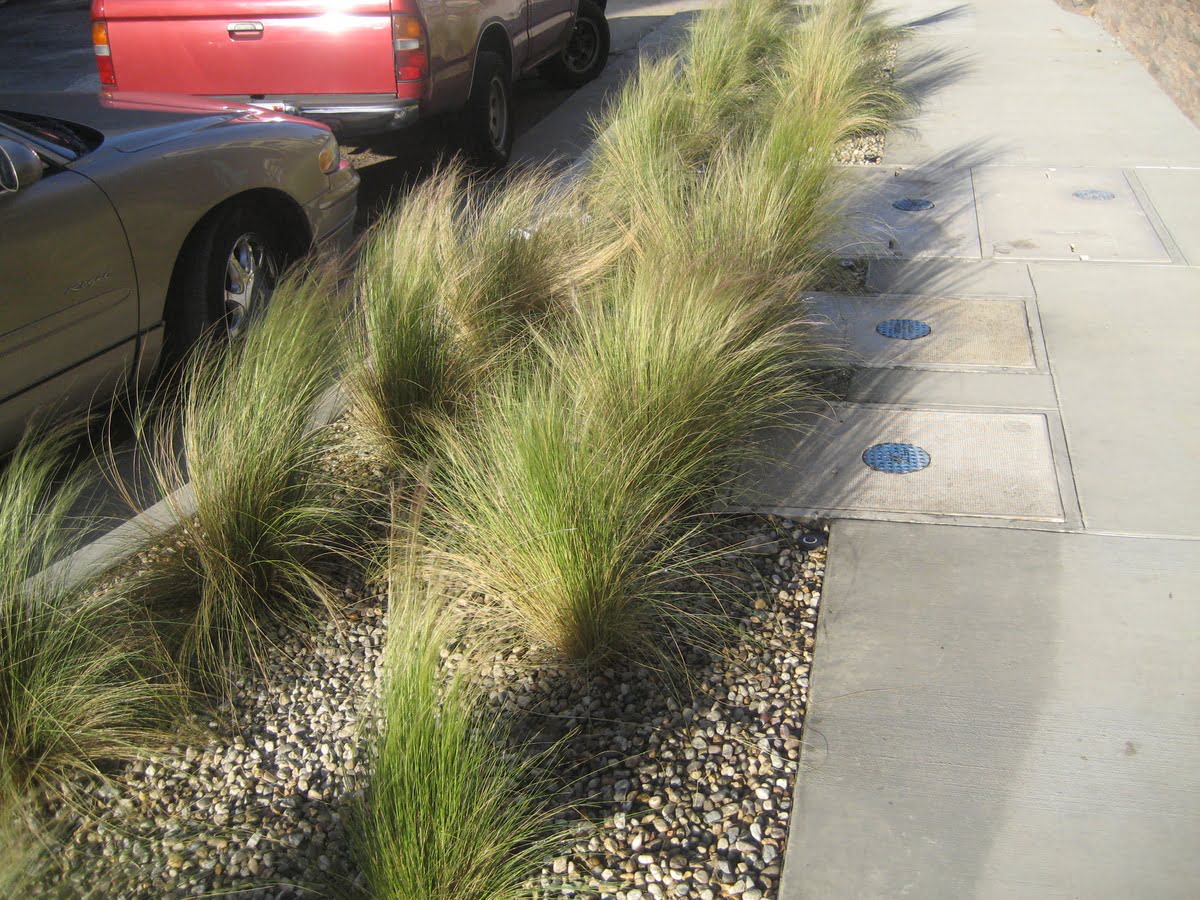
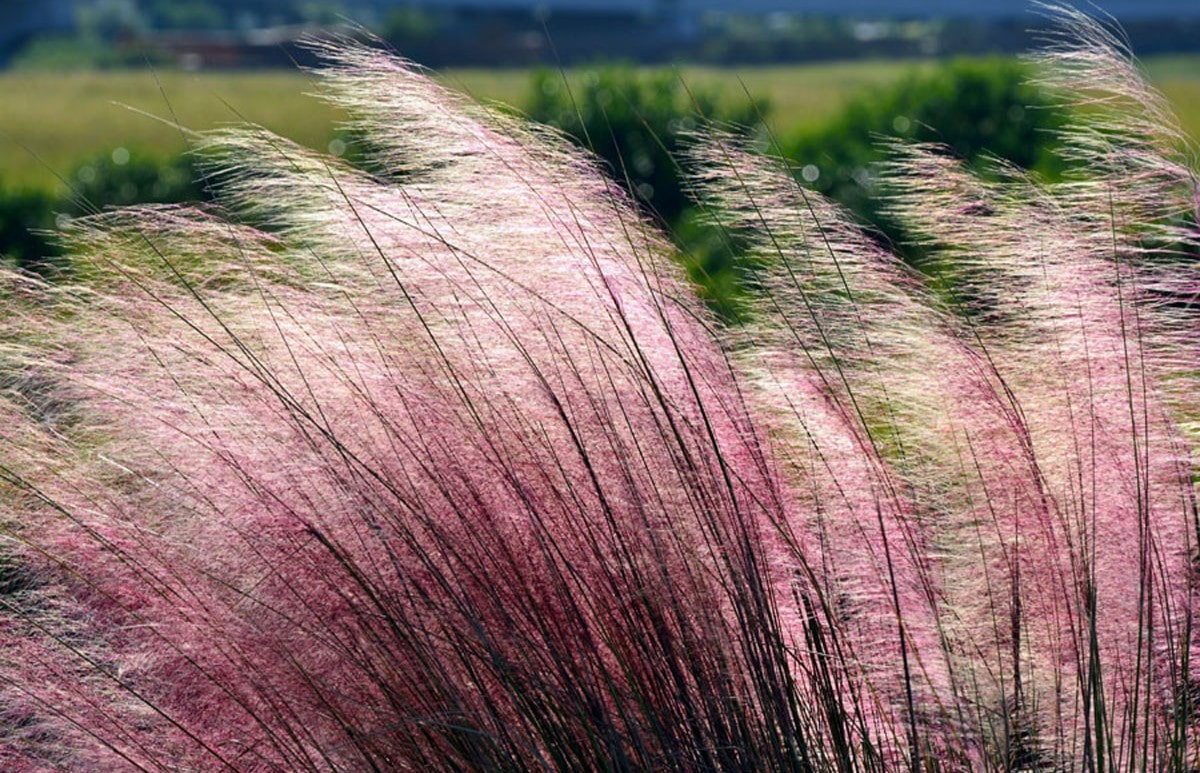

0 thoughts on “How Big Is A Grass Spider”